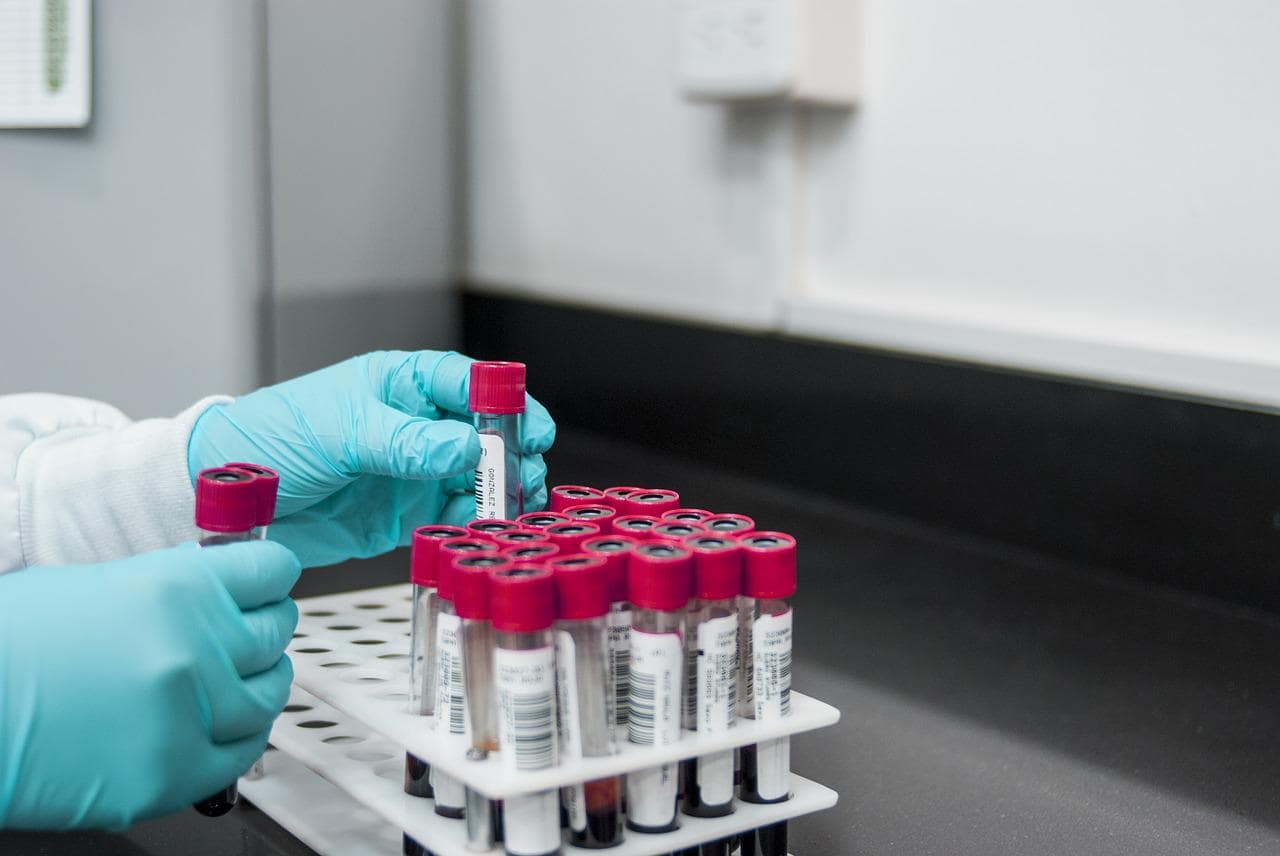Protein purification methods are roughly divided into analytical and preparative methods. Analytical methods seek to detect and identify a protein in a mixture.
In contrast, preparative methods strive to produce large quantities of the protein in other applications such as structural biology or industrial applications. Below are the strategies included in the protein purification process.
Extraction
The protein must be introduced into the solution by dissolving the tissue or cells that contain it, depending on the source.
This is accomplished through a variety of protein expression and antibody production service methods, including repeated freezing and thawing, sonication, high-pressure homogenization, and permeabilization with organic solvents.
The method chosen is determined by the protein’s fragility and the strength of the cells.
Following the extraction process, soluble protein will be present in the solvent and can be separated from cell membranes, DNA, and other components by centrifugation.
Proteases are extracted during the process, which begins digesting the proteins in the solution. Significantly, if the protein is proteolytically sensitive, it is usually best to proceed quickly and keep the extract cool to prevent proteolysis.
Precipitation and Differential Solubilisation:
Precipitation with ammonium sulfate (NH4)2SO4 is a common first step in bulk protein purification to isolate proteins. This is accomplished by increasing ammonium sulfate and collecting the various precipitate protein fractions. One advantage of this method is that you can do it cheaply and in large quantities.
Water-soluble proteins are the first to be purified. Purifying integral membrane proteins requires cell membrane disruption to isolate any particular protein from others in the same membrane compartment.
Sometimes specific membrane fractions can be isolated first, such as isolating mitochondria from cells before purifying a protein located in a mitochondrial membrane.
Ultracentrifugation:
Centrifugation is the separation of mixtures of particles with varying masses or densities suspended in a liquid using centrifugal force. When a vessel (usually a tube or bottle) containing a mixture of proteins or other particulate matter, such as bacterial cells, is rotated rapidly, the angular momentum produces an outward force proportional to the particle’s mass.
The resistance that the liquid exerts on the particle offsets the tendency of a given particle to move through the liquid due to this force. Overall, centrifuge “spinning” causes dense, small, and massive particles to move outward more quickly than less massive particles or particles with more “drag” in the liquid.
When particle suspensions are “spun” in a centrifuge, a “pellet” at the bottom of the vessel may form, which is enriched for the most massive particles with low drag in the liquid. The remaining non-compacted particles in the liquid are known as the “supernatant”. You can remove them from the vessel to separate the supernatant from the pellet.
The centrifugation rate is specified by the angular acceleration applied to the sample, typically measured in comparison to the g. Suppose the particles in the vessel are centrifuged long enough.
In that case, they will reach equilibrium, specifically at a point in the vessel where their buoyant density is balanced with centrifugal force. This type of “equilibrium” centrifugation can enable extensive particle purification.
Chromatographic Methods:
A protein purification protocol will typically include one or more chromatographic steps. The basic chromatography procedure passes the protein solution through a column containing various materials.
However, different proteins have different interactions with the column material. They can thus be distinguished by the time it takes to pass the column or the conditions under which the protein is eluted from the column. Significantly, proteins are typically detected as they exit the column by their absorbance at 280 nm.
- Size Exclusion Chromatography: Chromatography uses porous gels to separate protein in solution or denaturing conditions. Size exclusion chromatography is the name given to this method. According to the principle, smaller molecules must traverse a larger volume in a porous matrix. As a result, proteins of a specific size range will require a variable volume of solvent before being collected at the other end of the gel column.
- Ion Exchange Chromatography: Ion Exchange Chromatography distinguishes compounds based on their ionic charge type and degree. The appropriate column is chosen based on the charge type and strength. Significantly, cation exchange resins are negatively charged and used to separate positively charged molecules, whereas anion exchange resins are positively charged and are used to retain and separate negatively charged compounds.
- Affinity Chromatography: Affinity Chromatography is a molecular conformation-based separation technique that frequently employs application-specific resins. The surfaces of these resins have ligands specific for separating the compounds. Most of the time, these ligands act like antibody-antigen interactions. Because of the “lock and key” fit between the ligand and its target compound, it is highly specific, frequently producing a single peak while leaving everything else in the sample un-retained.
Bottomline
Purified protein reagents are used in a wide range of scientific applications. On an academic scale, numerous reviews detail popular protein production strategies. These strategies are good starting points for producing pure, soluble proteins in milligram quantities. They are used daily by research groups and core facilities professionals with extensive experience with (recombinant) protein expression, purification, and standard characterization techniques.
These are, however, general indications that may necessitate specific adaptations when downstream applications necessitate particular conditions, such as endotoxin-free proteins for animal experiments or nuclease-free proteins for nucleic acid-interaction studies. Similarly, particular proteins have intrinsic biochemical properties that must be considered when designing expression and purification strategies, such as aggregation, disulfide bonds, or a high affinity for nucleic acids.





